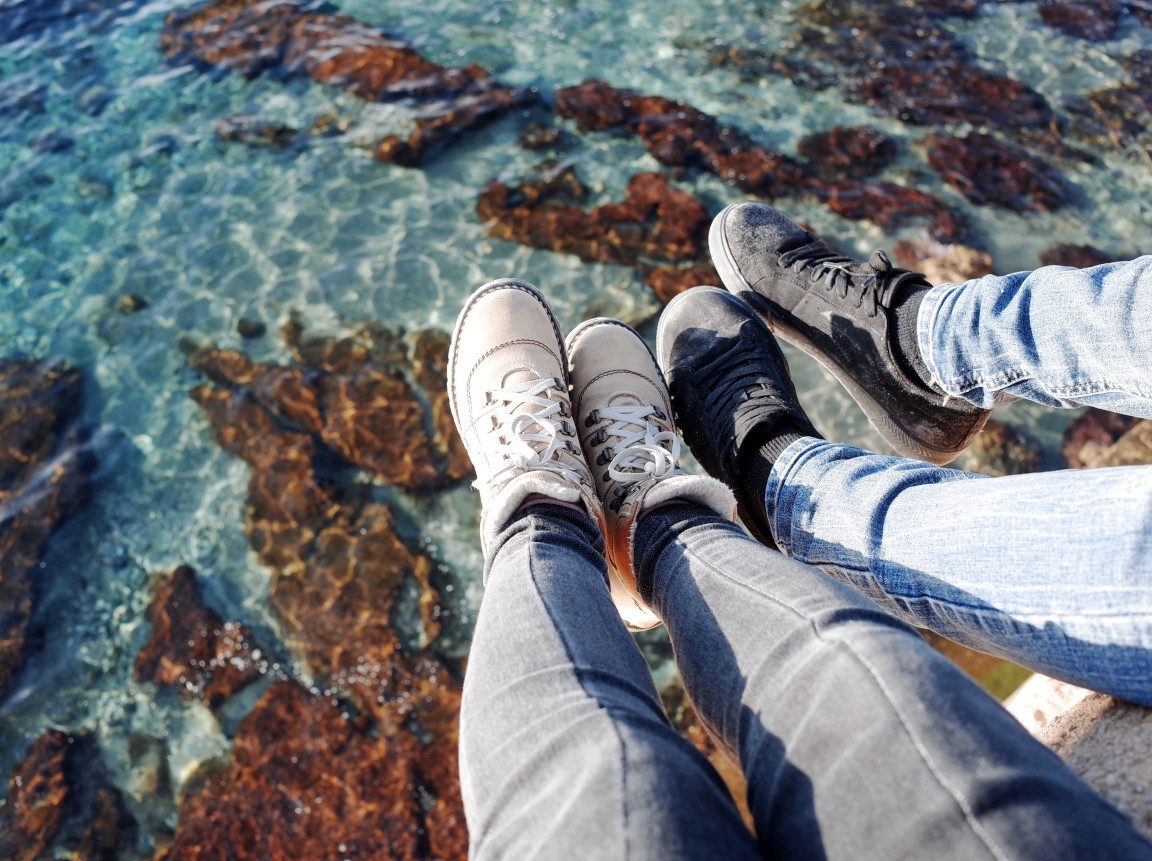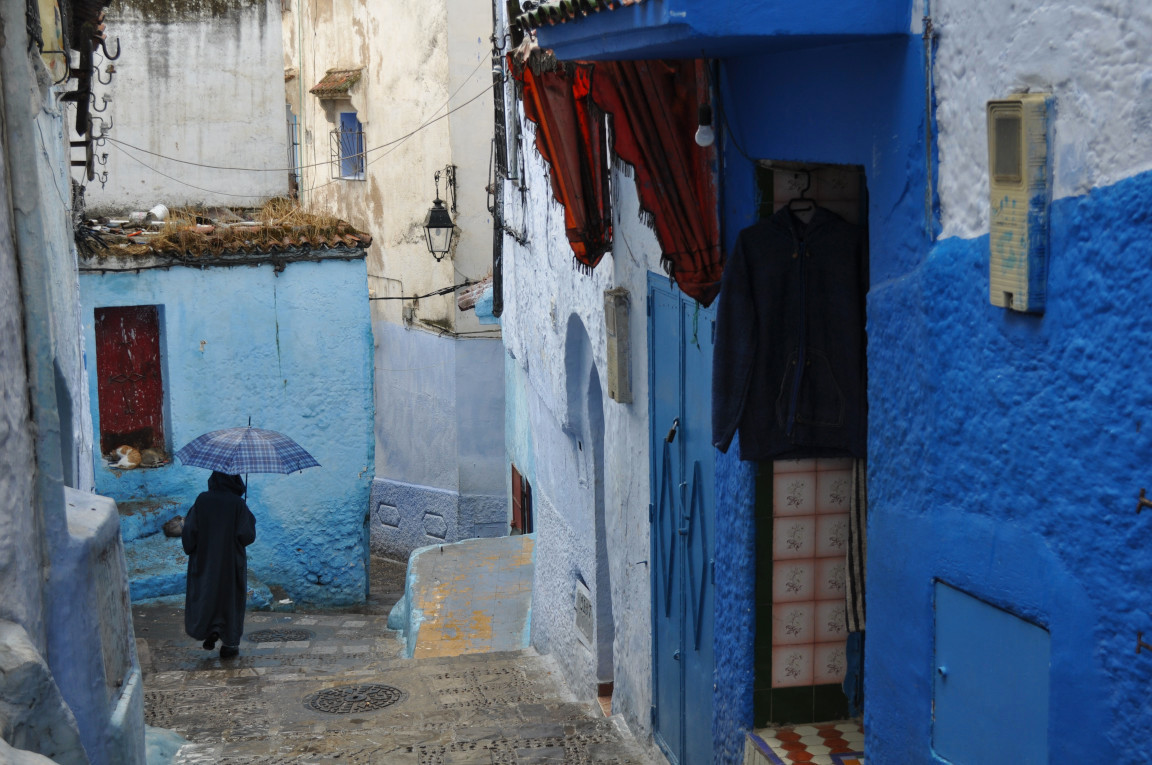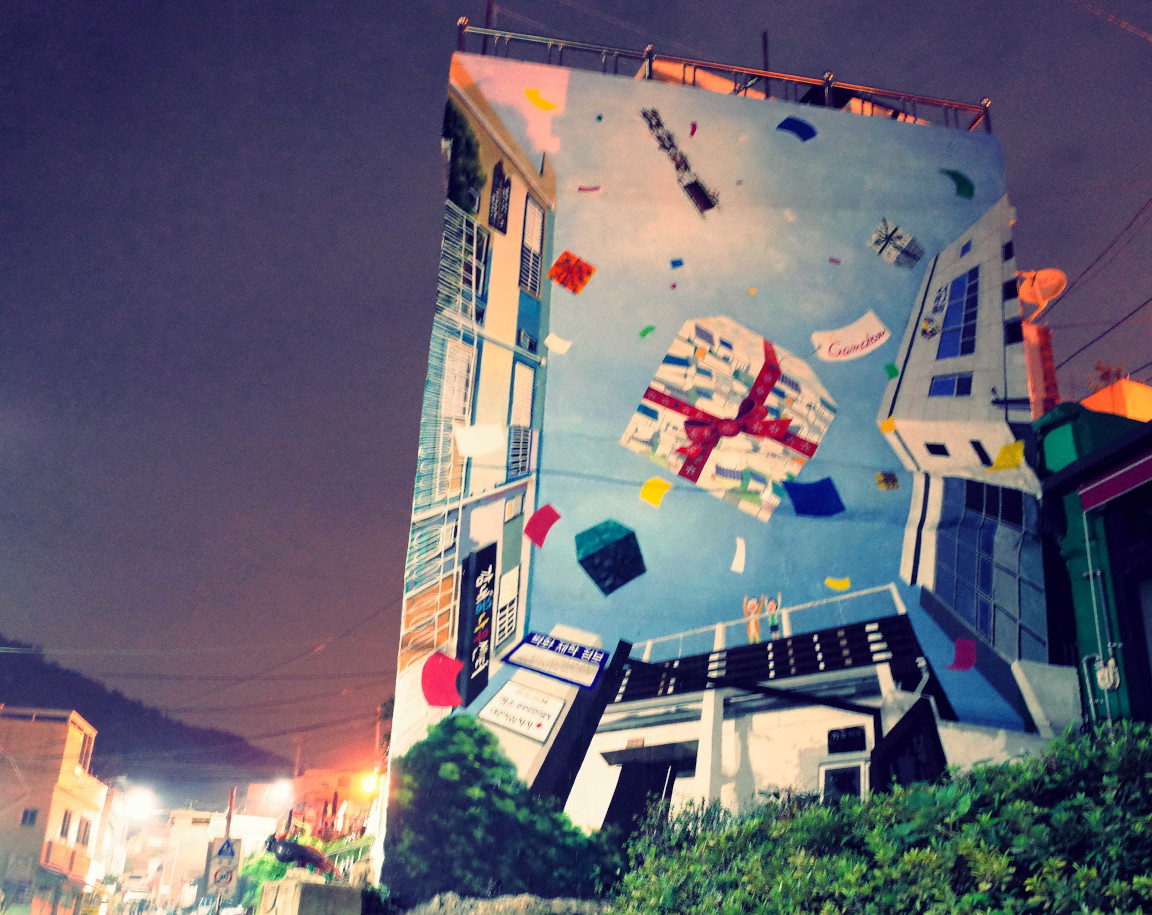👉 Italiano

Italian Colors Quest
I bet a similar experience happened to many other travelers.
Sometimes we visit very far away places, but neglect awesome spots close to us. Fortunately, from time to time I remember that my lands can be great too. The place I will talk about is not far from where my parents live, but it’s also easily reachable from Rome by highway or bus.
Anyway, getting to Subiaco from my parents’ place in a time-efficient way has only one viable option: driving. Which softens my travel mood by half. Driving has always been an issue for me and always my last preference. Glad I did that time: my effort has been rewarded.
I know it’s quite shameful, but I’ve heard about the Monastery of St. Benedict in Subiaco only by chance, while I was browsing through the internet. And I was impressed by a photo of its architecture, which is almost encrusted in a mountain. So, on a sunny winter Sunday, my wife and I finally decided to take the car and drive to get there, through a narrow mountain road.
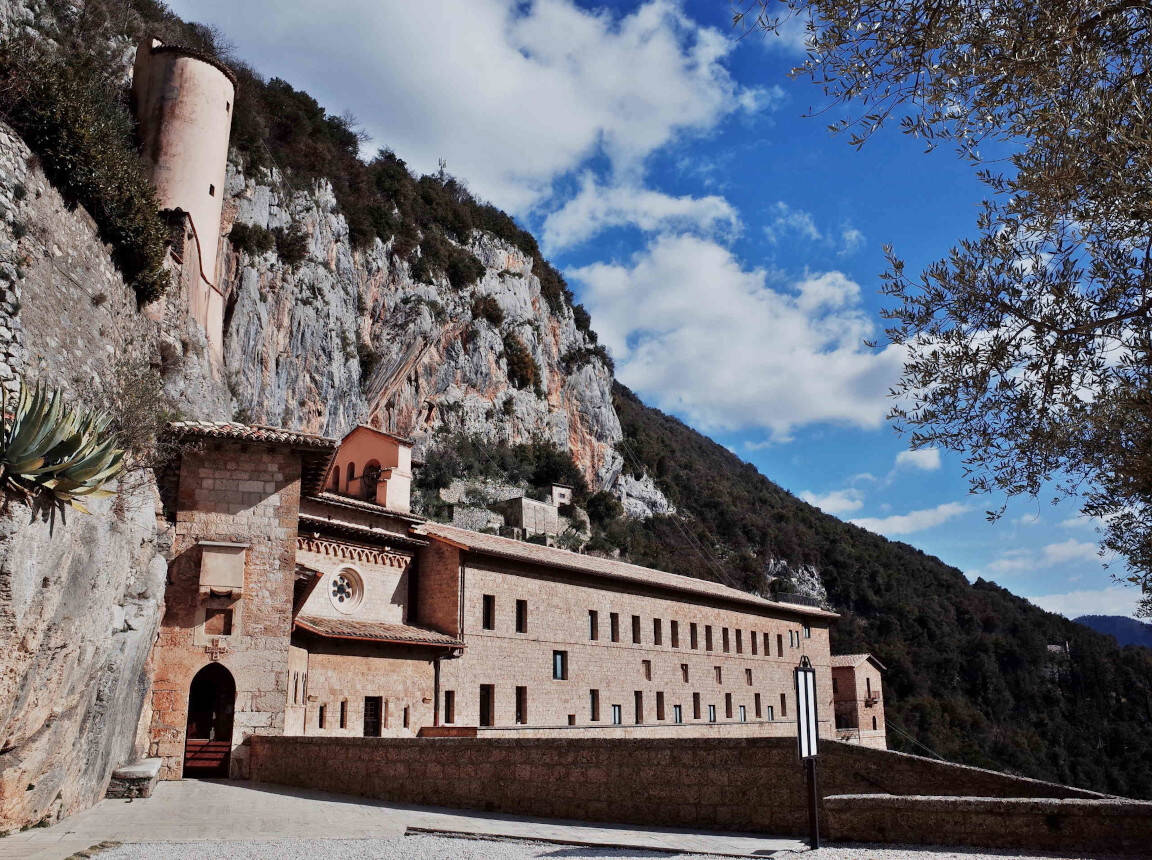
We didn’t set off very early, so we arrived there during the early afternoon. We had the chance to see the monastery from outside: outstanding as expected. But we couldn’t go inside, as the site would have been closed for a few hours in the afternoon. So, we chose to visit the town of Subiaco first, have lunch, and go back to the monastery later.
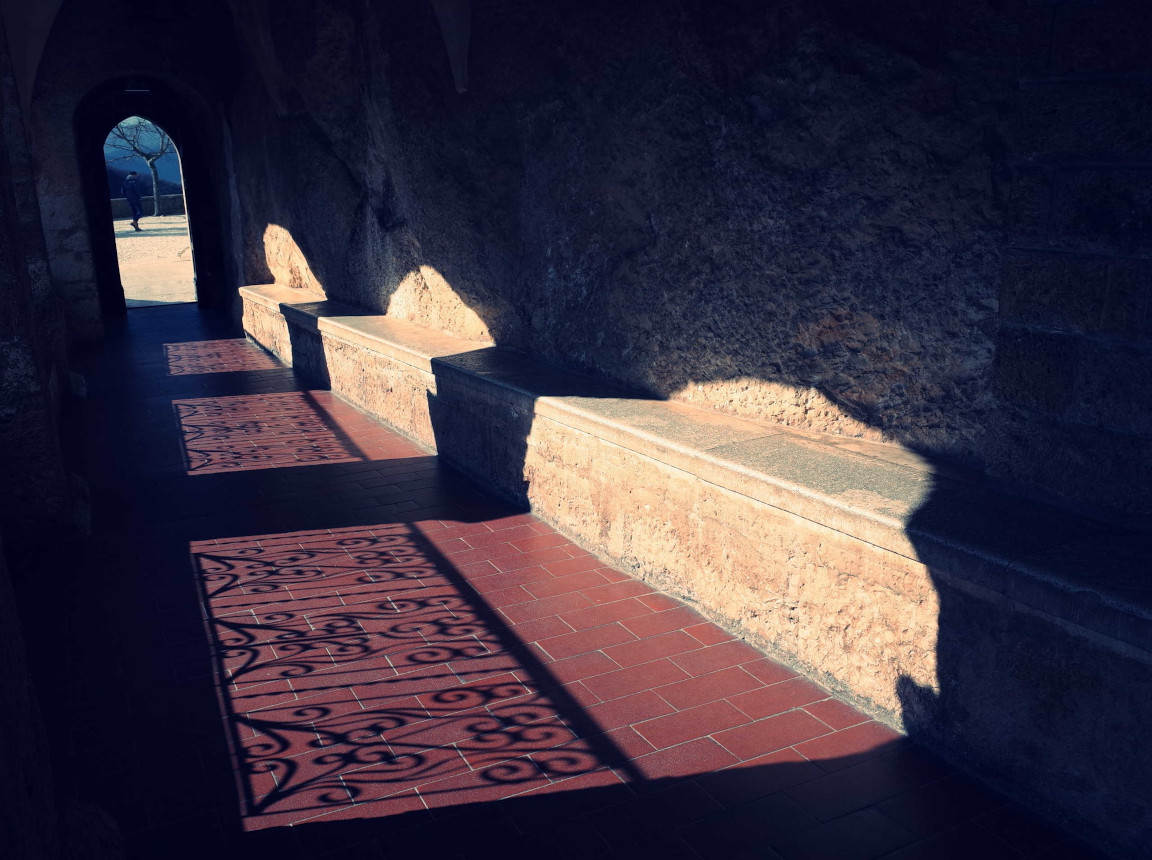
Like many Italian towns, Subiaco has still a fascinating medieval layout in its oldest part. Like many Italian old towns, Subiaco was quietly and gently sleeping on a Sunday afternoon. Walking around its old streets and alleys, I could imagine life inside warm houses, while I was experiencing a chilly day outside.
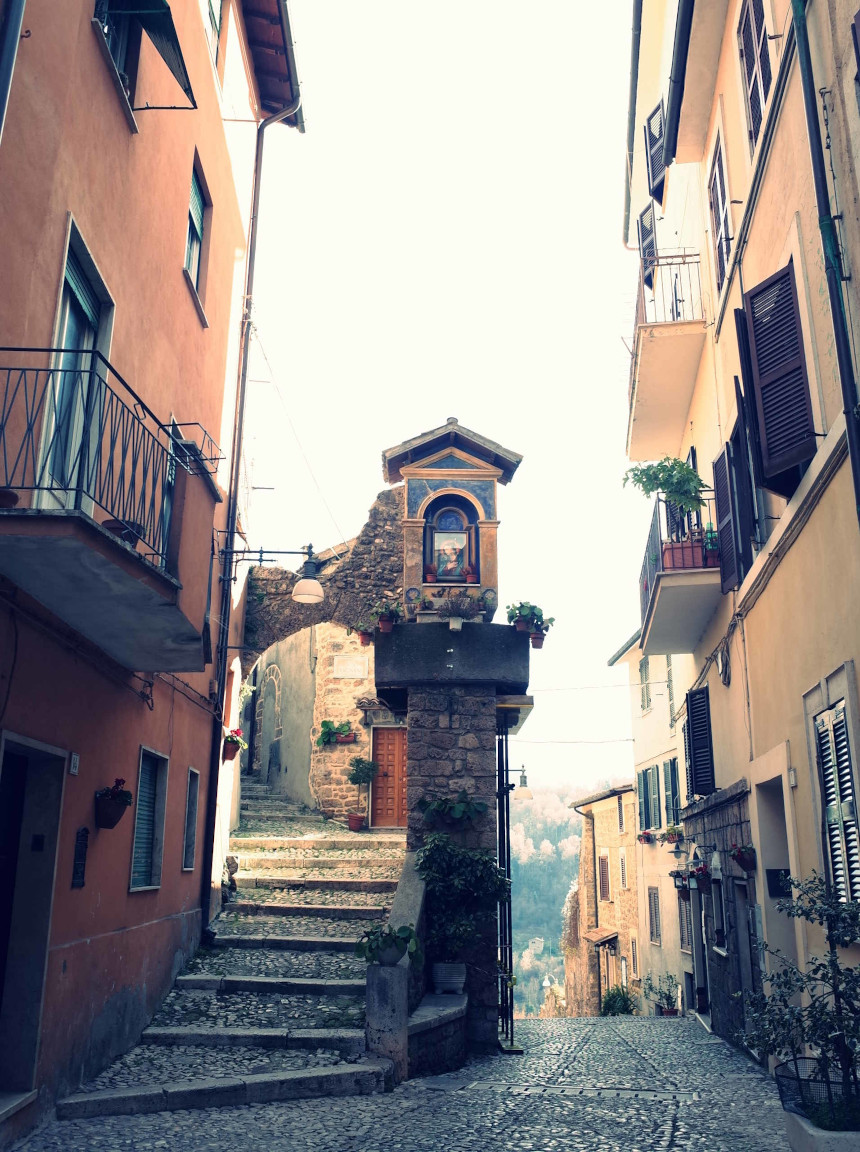
That atmosphere may be enchanting in a way, but it’s also quite puzzling. You can feel like being the king of the city, but that kingdom is a deserted one. Even if Italian people try to use temperate colors when painting their buildings, they almost always fail to escape the Italian “color code.”
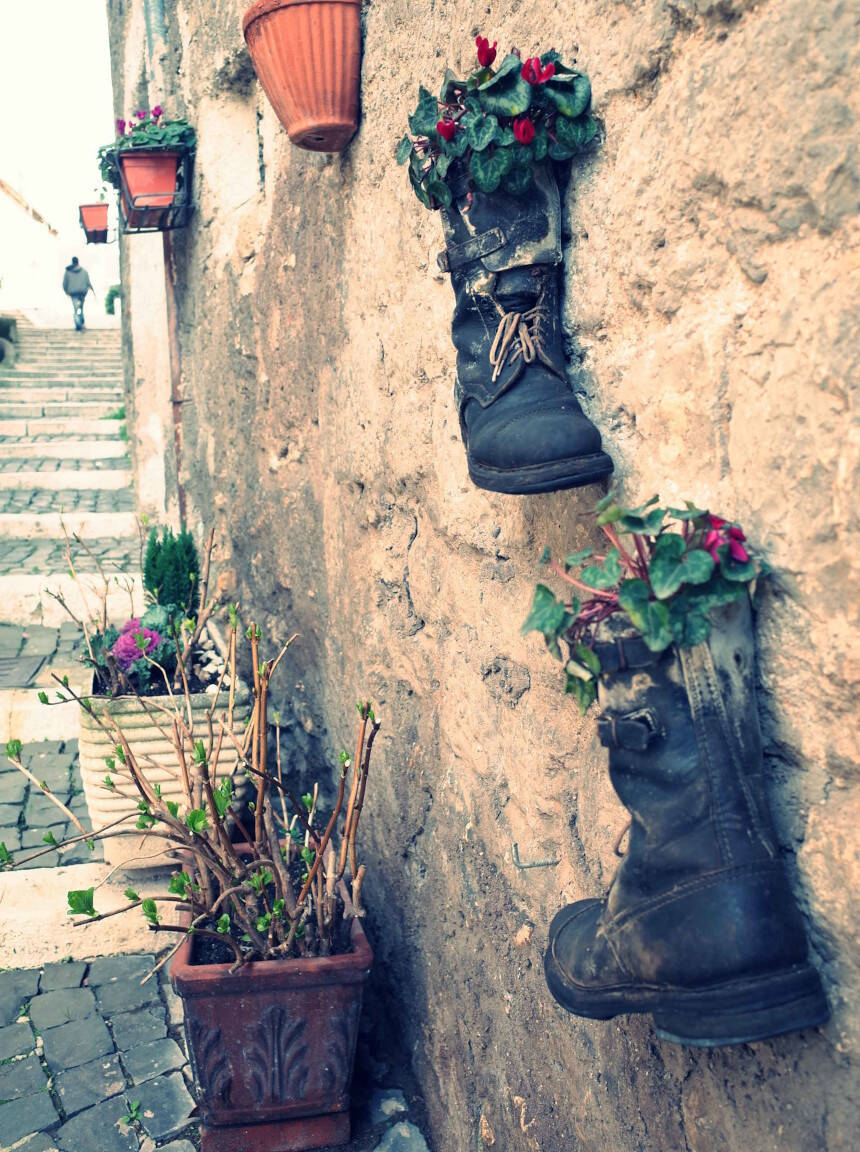
If I have to synthesize this code in a single word, I will use this one: sobriety. You can switch this word with “elegance”, if you like. But the environment around you will still not give you some heating feeling. Please don’t think that this applies only to the outside of constructions. Most of our Italian houses share the same pattern in terms of colors. And you can say the same about churches: most of them often display beautiful frescoes inside, but they usually lack daring and lively colors in their structures. Of course, there are exceptions like Scrovegni Chapel in Padua. Or the use of polychromatic majolicas in some areas of the country.
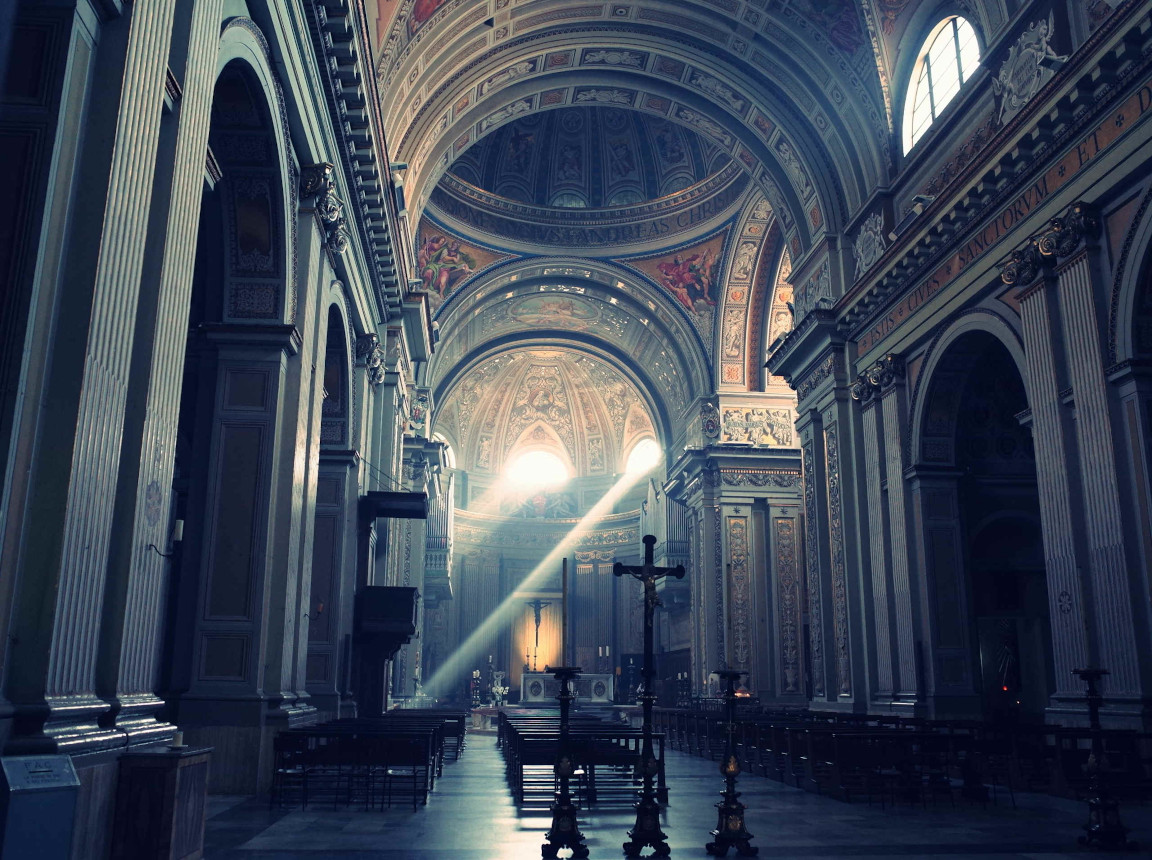
But it’s fair to admit that in Italy sobriety is the key to everything: even baroque buildings are less “baroque” than their Spanish counterparts. My wife made me notice this as soon as she moved to Italy. She told me: “Italian people may have style and Italy may be a powerhouse of fashion, but you people are short on colors.” So I opened my wardrobe to check. I found out I had black, grey, maybe (dark) blue coats. And I could say the same about many other people around me. From that moment I noticed that she was right and I realized I had been unconsciously longing for colors for years. Maybe as a reminiscence of my childhood, when chromatic force still had a presence in my life. And I also developed the awareness of having started a quest for colors around the world, since Italy often couldn’t satisfy my craving.
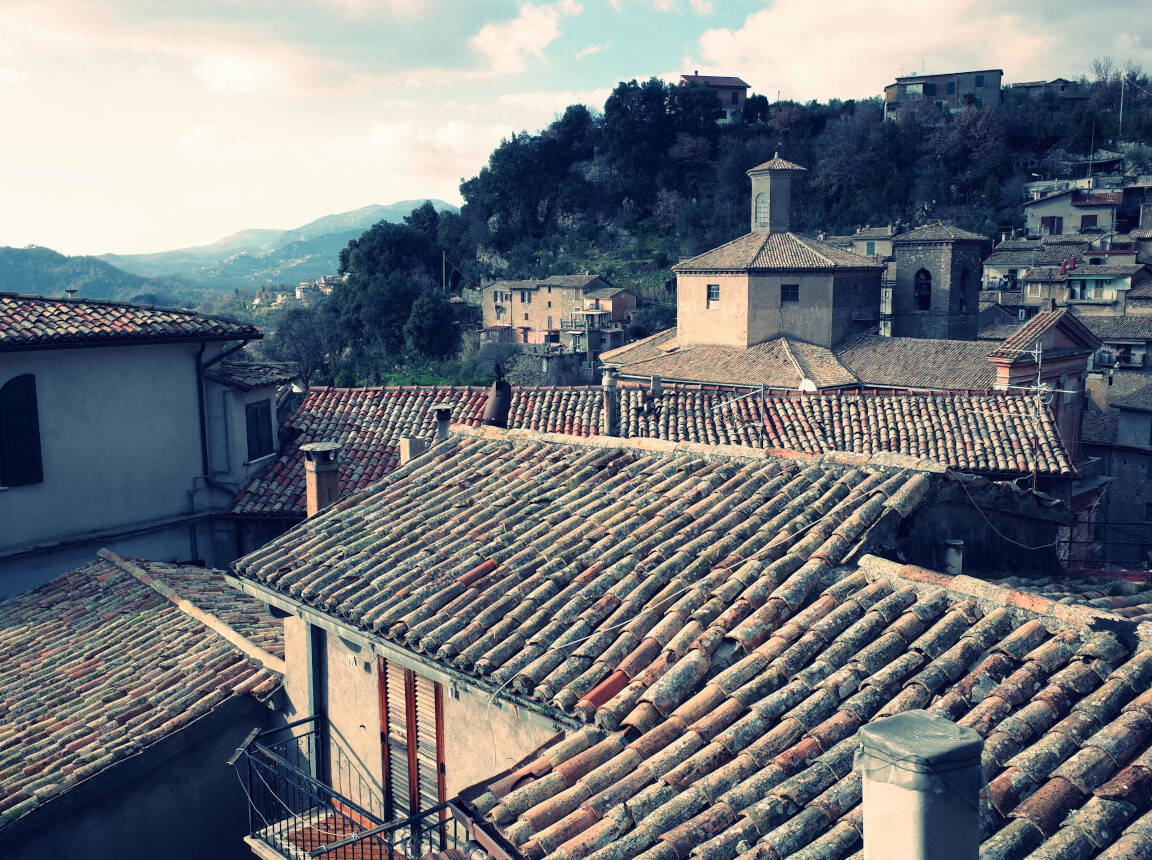
Well, not that day. As I mentioned before, I received an unexpected prize when we finally could get in the monastery. The monastery incorporates two different and connected churches: the lower (Chiesa Inferiore) and the upper one (Chiesa Superiore). Both of them are masterfully frescoed in vivid colors along their walls. A pleasant, wonderful surprise that relieved my color thirst for a while.
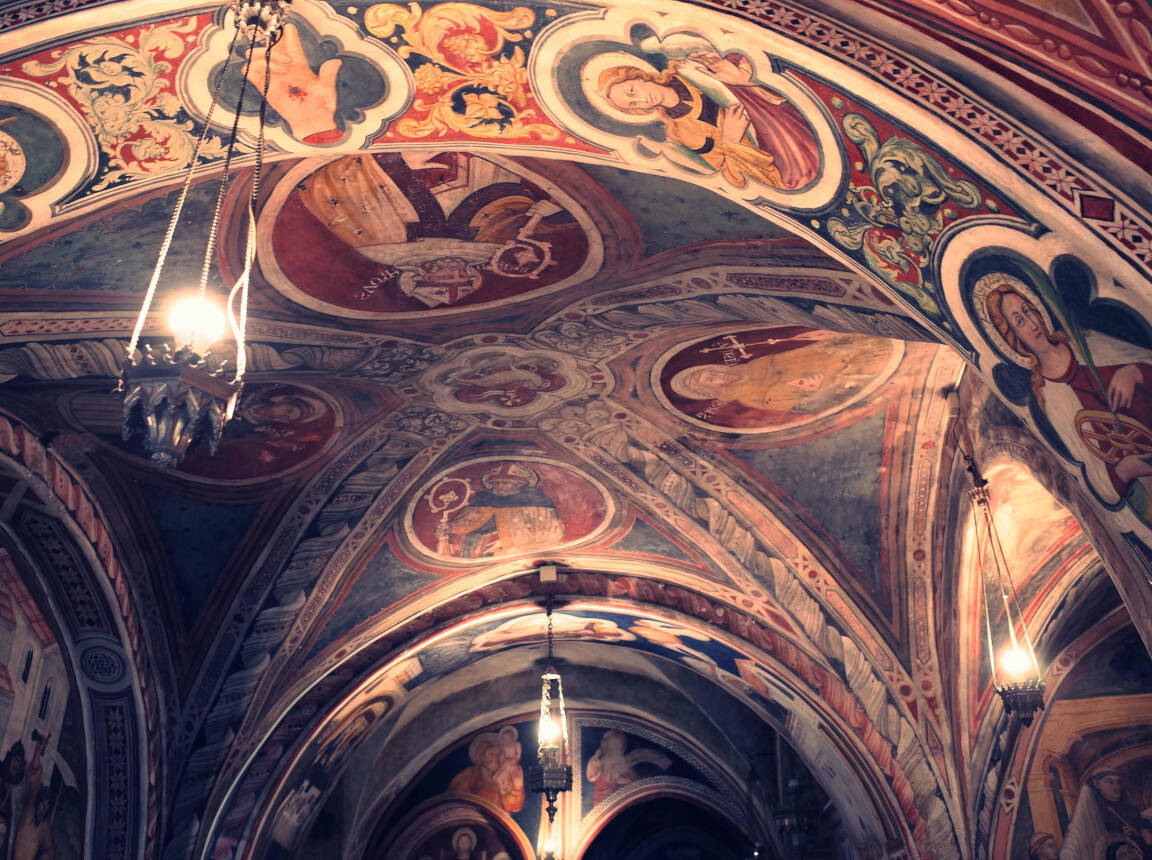
And the sweetest part is I can get back to get a sip of it whenever I want, as long as I put myself into a car and drive around the charming Latium mountains. I will stop underestimating my lands and I will try to rediscover them. Bye, Subiaco. See you soon…
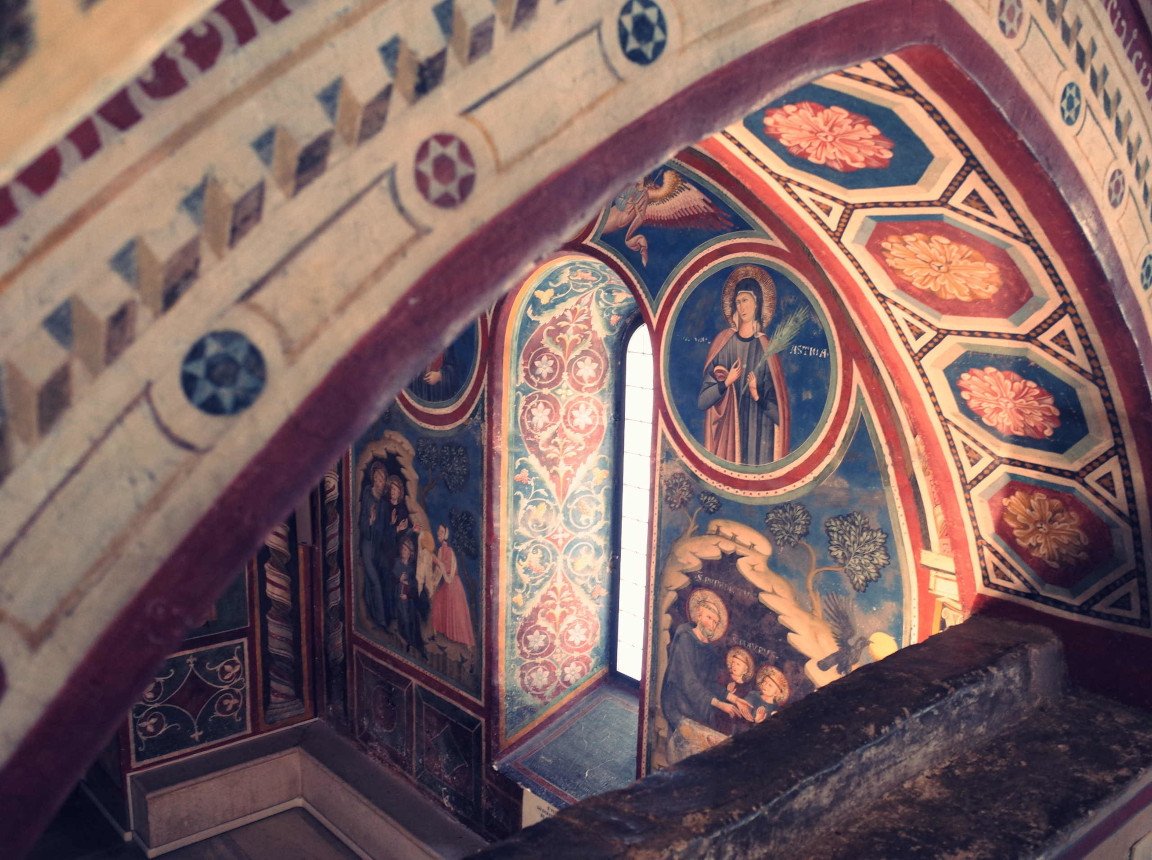
Some additional information:
You can reach Subiaco from Rome by driving or by bus from Rome Ponte Mammolo Bus Station (this station is connected by Rome Metro Line B).
Sfortunatamente, il Monastero di San Benedetto non è molto vicino alla città di Subiaco (circa 4 km di distanza). Altri autobus locali dovrebbero portare almeno a metà strada nella direzione del monastero.
Unfortunately, the Monastery is not very close to the city of Subiaco (around 4km from the town). Other local buses should take you at least halfway to the Monastery of San Benedict.
Interesting sites around Subiaco:
- the mentioned Saint Benedict Monastery: its construction has started in the 11th Century.
- the Monastery of Saint Scholastica, not far from the other one. It has been founded in the 6th century and it’s the oldest Benedictine Monastery in the world.
You might also like:
